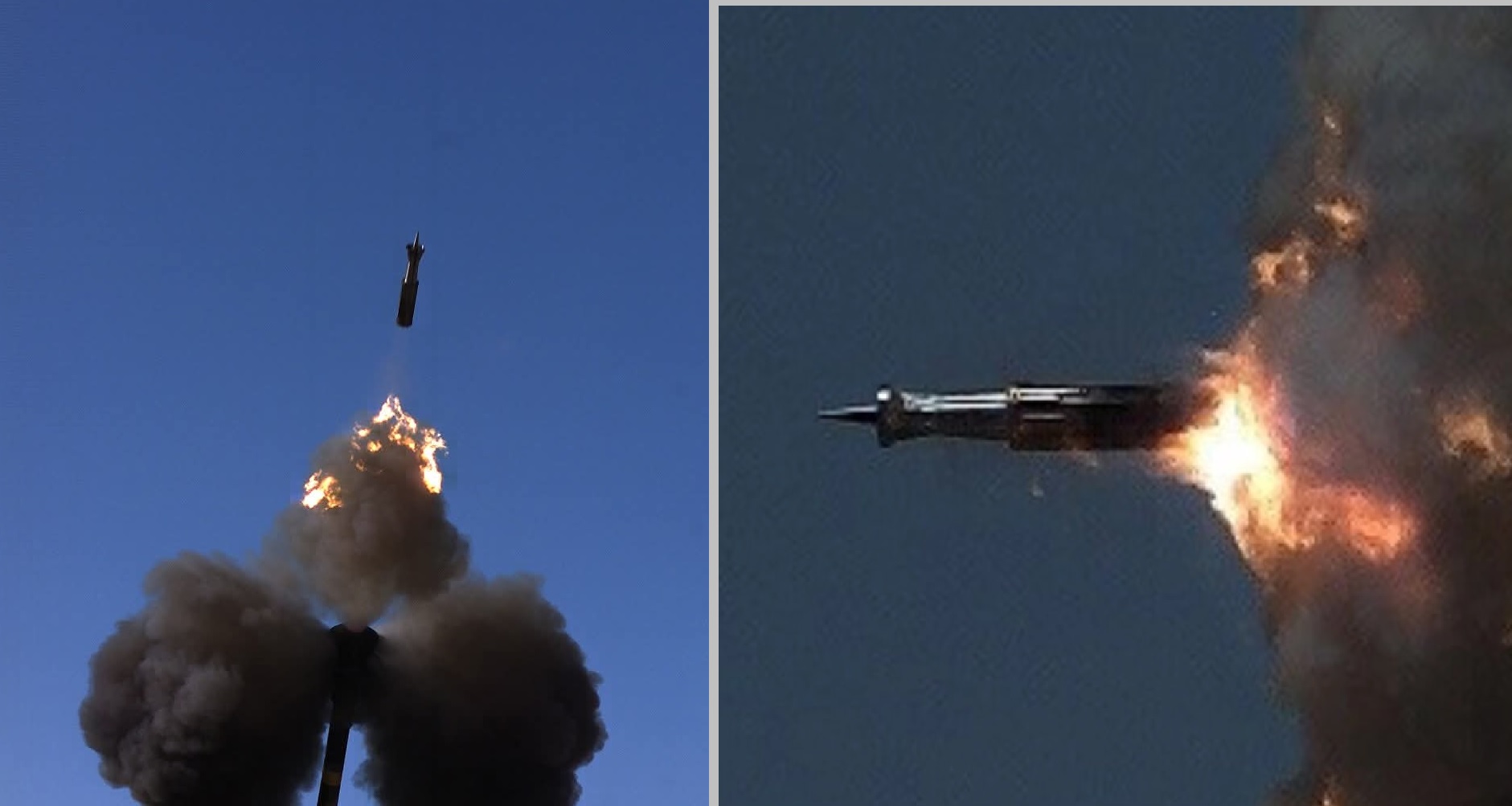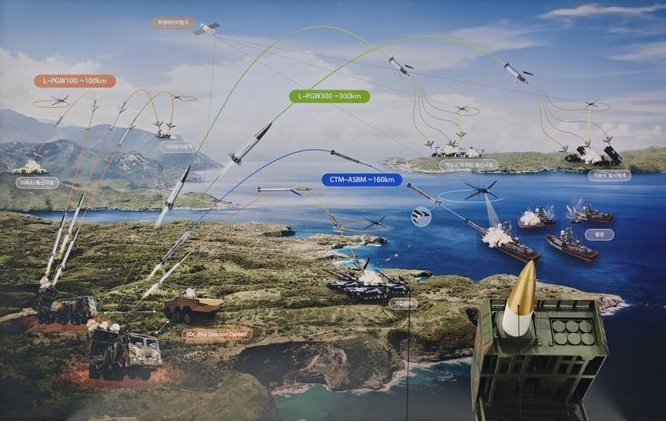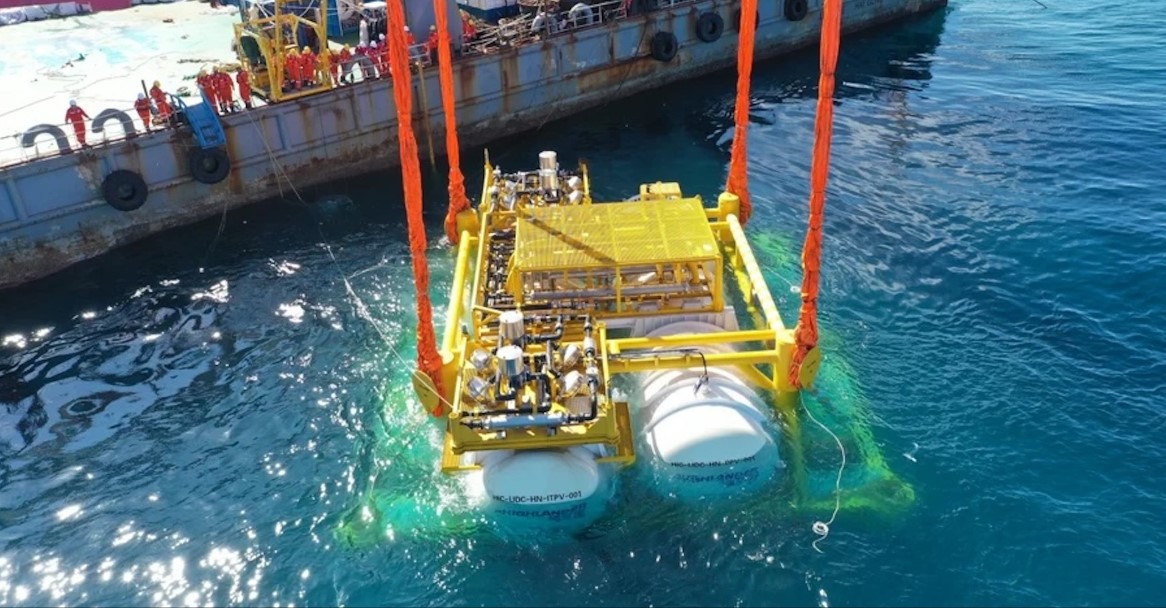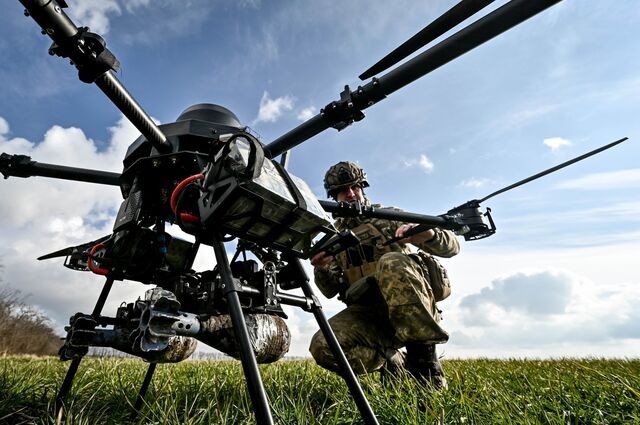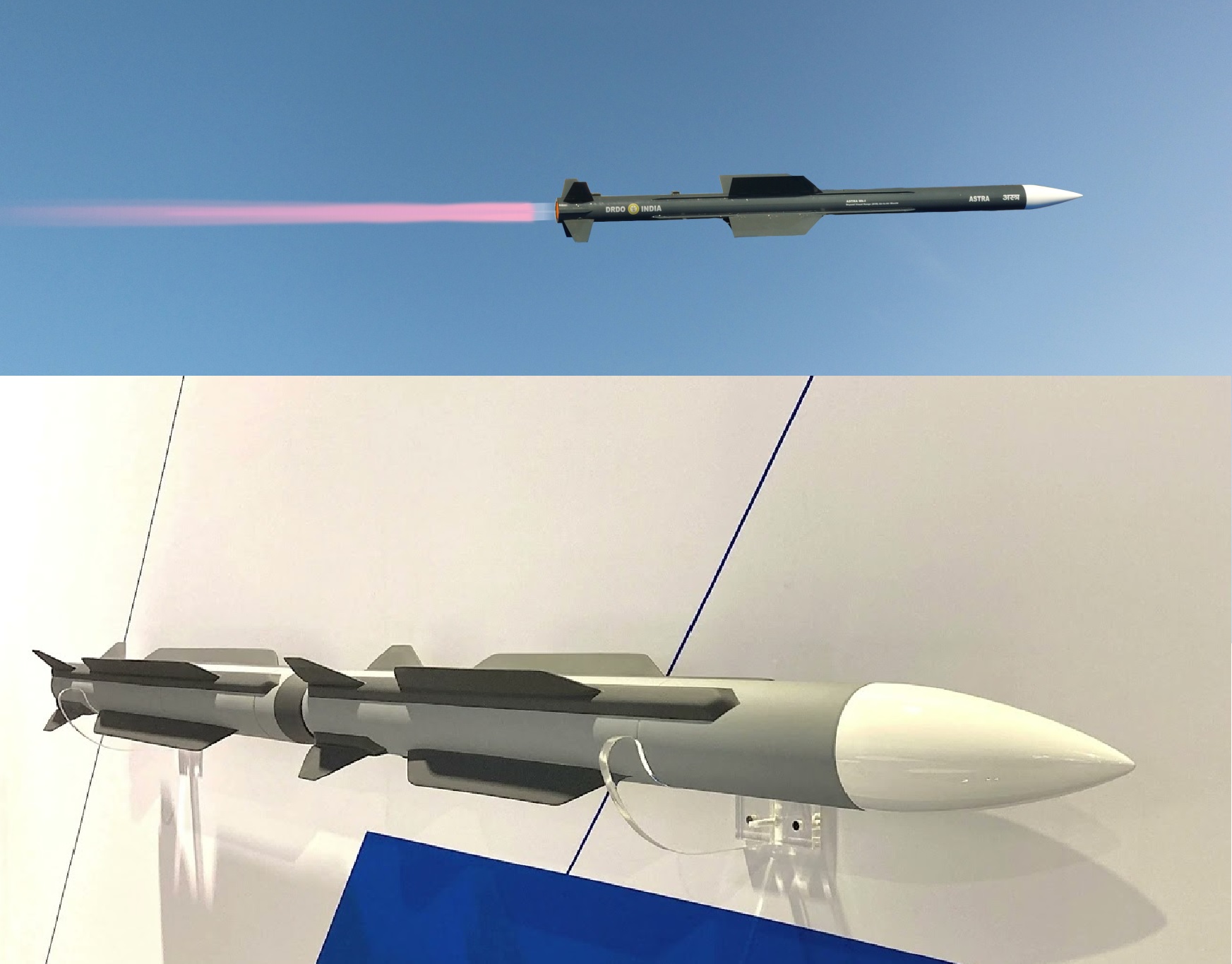China’s J-35A Stealth Fighter Unveiling New Milestone in China’s Military Aviation

In a notable milestone for China's military aviation, the new Shenyang J-35A stealth fighter is set to debut at the upcoming Air Show China 2024, scheduled for November 12–17 in Zhuhai, Guangdong. This exhibition marks a historical moment as the J-35A becomes China’s second operational stealth fighter, joining the previously introduced J-20, and positioning China as one of only two nations, alongside the United States, to field multiple fifth-generation stealth fighters. The first official image of the J-35A has already been released, creating anticipation and stirring discussion about the technical advances of this fighter.
Design and Capabilities: A Rival to the F-35
The J-35A, a medium-sized, multi-role stealth fighter, is primarily designed for aerial superiority but can also perform ground-attack missions. Its external design has drawn comparisons to the American F-35, showcasing a similar twin-tail and fuselage configuration. This structure provides aerodynamic advantages, enhancing its agility and making it suitable for diverse operational roles. While the J-20’s bulkier frame prioritizes air superiority, the J-35A’s lighter build offers versatility across different mission types.
Equipped with advanced stealth technology, the J-35A incorporates a refined radome, eliminating the need for a traditional pitot tube. This enhances its radar evasion abilities and potentially allows for more advanced onboard sensors. Additionally, the inclusion of a Luneburg Lens aids radar calibration, allowing China to manage the radar signature of the aircraft during training or public displays, which may contribute to concealing some of its stealth capabilities during peacetime.
Technological Features: The Heart of the J-35A
The J-35A comes outfitted with cutting-edge systems designed for combat superiority. One of its standout features is the Electro-Optical Targeting System (EOTS), which enables the pilot to detect and target enemies at extended ranges with precision. The Wide-Area Heads-Up Display (HUD) further enhances situational awareness, projecting key flight and targeting information directly in the pilot’s field of view. This capability reduces the need for the pilot to look down at controls, allowing for quicker responses in complex combat scenarios.
Aerodynamically, the J-35A benefits from several design advancements that improve its stealth profile. A redesigned diverterless supersonic inlet (DSI) minimizes radar reflection while optimizing engine airflow, thereby improving stealth without sacrificing performance. Vertical stabilizers have also been modified to support better control and maneuverability, key to remaining agile in dogfights. Another change includes updated landing gear bay doors that align with the aircraft's streamlined stealth profile, which can support heavier ordnance while staying discreet on radar.
Armament and Powerplant
The J-35A is engineered with multiple internal and external hardpoints for various munitions, making it adaptable to different combat scenarios. It can carry a mix of air-to-air missiles and precision-guided bombs, making it a formidable asset for both defensive and offensive operations. Notably, there are hints that a gun pod may be included, giving the J-35A enhanced close-combat capabilities – a feature not available in its naval variant.
Regarding propulsion, the J-35A is expected to use either the WS-13 or the improved WS-21 engines, the latter derived from the Russian RD-33 engine. Both engines are capable of delivering comparable performance, although Chinese engineers have been working on enhancements to meet the demands of the J-35A’s multi-role functions.
Role in China’s Strategic Landscape
While the J-35A was originally developed for carrier-based operations, the PLAAF (People’s Liberation Army Air Force) has adapted this model for land-based missions as well. This flexibility aligns with China’s strategy to improve its aerial combat capabilities across various domains, whether over land or at sea. The development of a second stealth fighter also underlines China’s commitment to strengthening its air fleet in the Asia-Pacific region, where military presence and power projection are paramount.
As tensions escalate in regions such as the Taiwan Strait, the J-35A could play a significant role in China’s regional deterrence strategies. China’s ongoing military modernization, particularly in stealth technology, has prompted neighboring countries and global powers to reassess their security strategies. The J-35A’s debut adds to China’s growing list of advanced aerial assets, signaling its increasing self-reliance in military manufacturing and strategic deterrence.
Export Potential and Future Production
With the J-35A nearing operational readiness after passing the PLAAF’s stringent standards, it’s likely to enter mass production soon. Reports suggest it could also attract interest from international buyers seeking alternatives to U.S.-made stealth aircraft. Given China’s aim to expand its influence globally, the J-35A could soon become an export model, adding to its strategic significance in international defense markets.
The upcoming Air Show China will provide an in-depth look at the J-35A and its expected role within the PLAAF. Beyond the immediate spectacle, the unveiling of the J-35A underscores China’s broader ambitions to redefine its military power, signaling a new era in its aviation capabilities. As the J-35A prepares for its public debut, China is further asserting itself as a formidable force in modern aviation, adding a sophisticated stealth platform to its growing aerial arsenal.
✍️ This article is written by the team of The Defense News.

